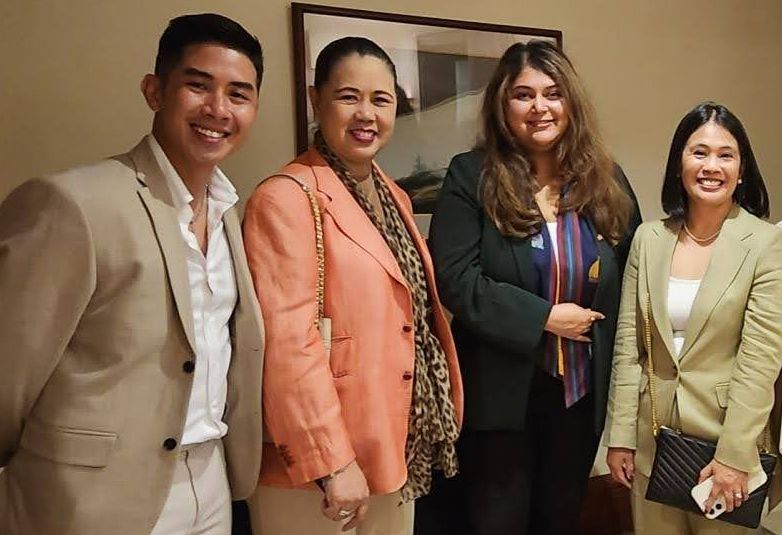Celebrating 75 years of Filipino-Canadian ties and shared legacy
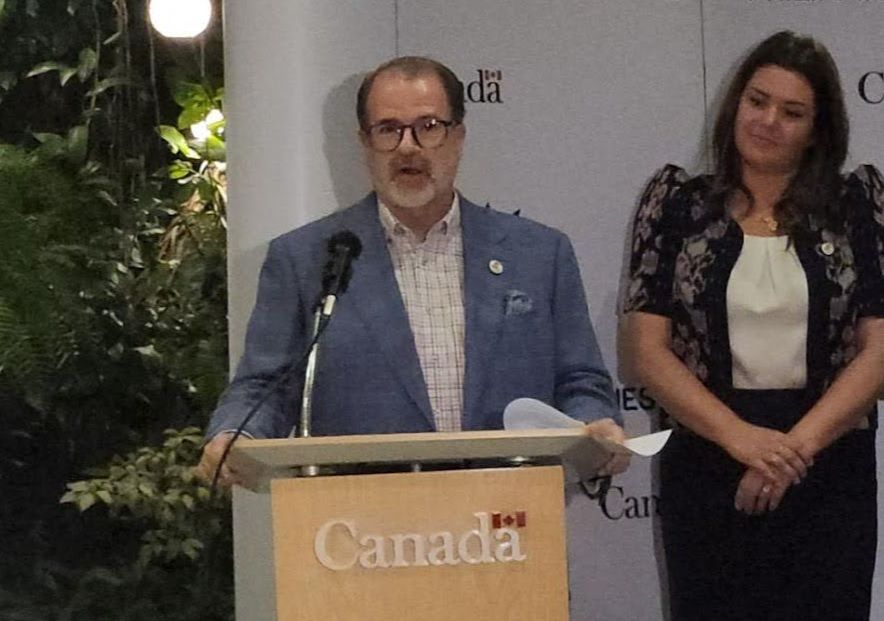
The residence of the Canadian Ambassador to the Philippines overflowed with nostalgia
and hope as Ambassador David Hartman delivered a heartfelt speech, tracing the rich history of Filipino immigration to Canada and highlighting the enduring partnership between the two nations. "Partnership, rooted in shared values, mutual respect, and a commitment to progress," began Ambassador Hartman. He commemorated the documented arrival of Mr. Vincent Flores in British Columbia in 1861, marking the first Filipino immigrant to Canada. This event, though seemingly small, was the beginning of a significant migration that would shape both countries profoundly. By the early 1900s, Filipino migrants had established themselves in Canada, primarily working as laborers in lumber mills and mining centers in British Columbia. "A small Filipino community was established during this period," Hartman noted, highlighting the resilience and determination of these early settlers. The speech also shed light on Filipino temporary
workers, including singers, dancers, and musicians, who arrived at the Port of Victoria on Vancouver Island, enriching the social fabric of the Canadian Pacific Coast. Notably, a Filipino family settled in what would later become Saskatchewan, signaling the widespread reach of Filipino migration even before the province's official formation.
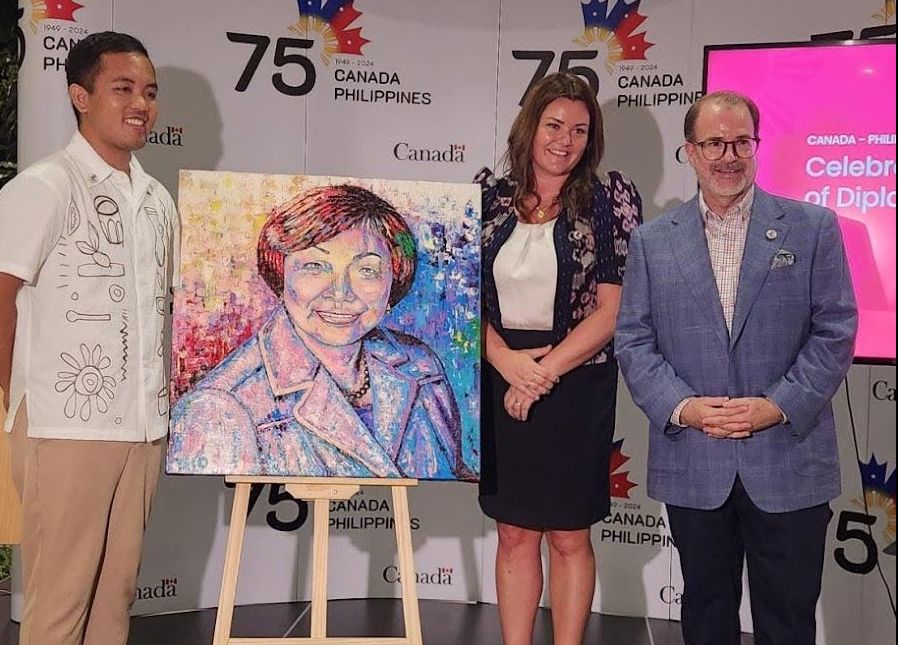
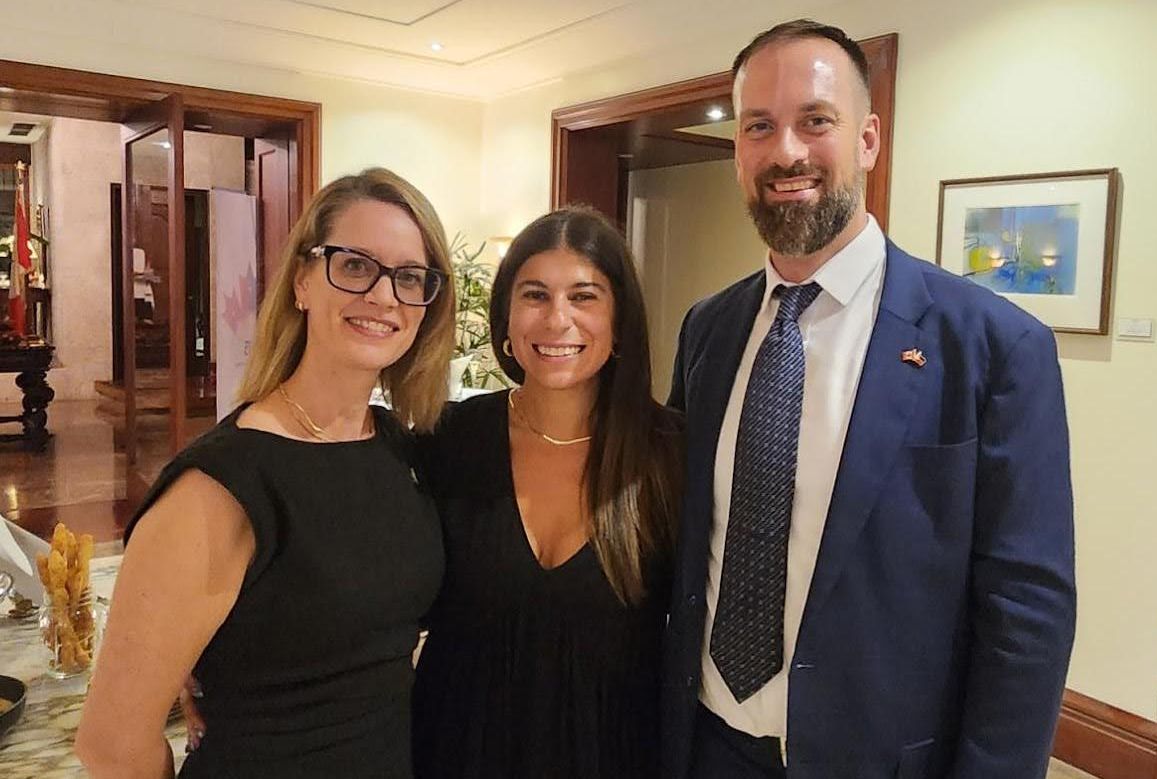
Ambassador Hartman emphasized the significant shifts post-World War II, as Canada opened its doors to more Filipino professionals and skilled workers. This wave of immigrants laid the foundation for the vibrant Filipino-Canadian community recognized today. A pivotal moment came in 1967 with the introduction of the points-based immigration system. "This transformative policy prioritized skills and education," Hartman explained. This system welcomed a new generation of Filipino immigrants, including nurses, engineers, and other professionals, who have since made substantial contributions to Canada's growth and prosperity.
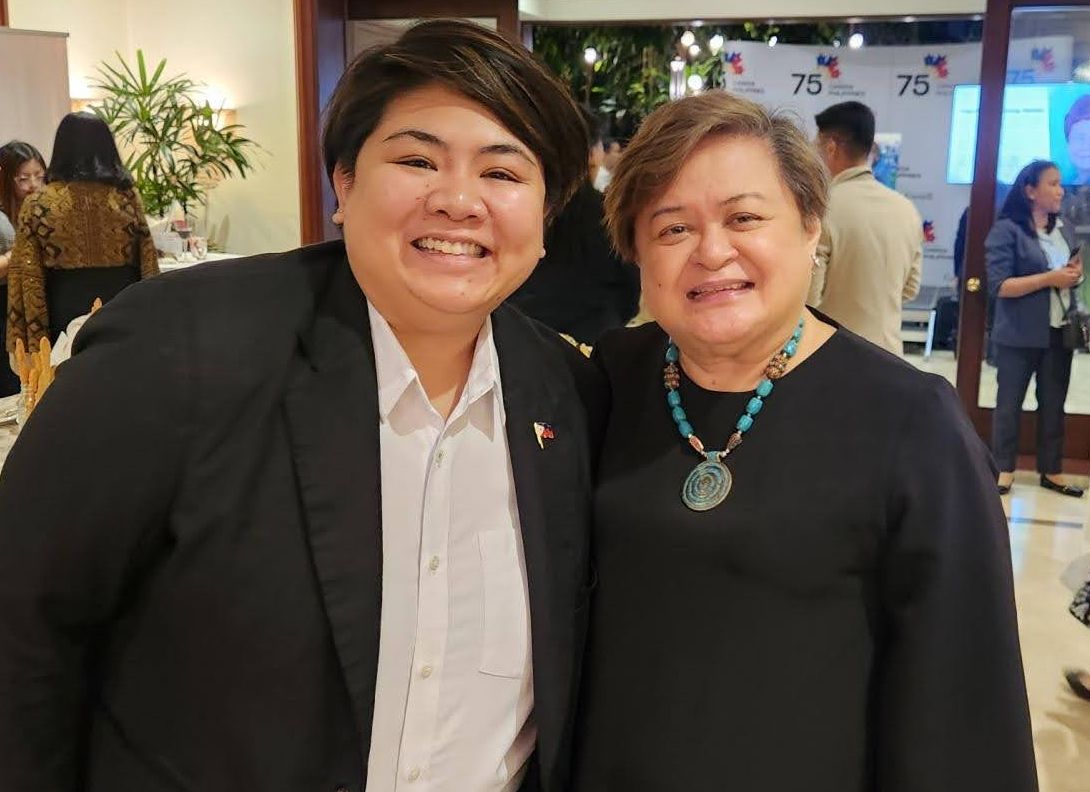
The 1992 introduction of the Living Caregiver Program marked another significant chapter. This program addressed the shortage of live-in caregivers in Canada and provided Filipino caregivers with the opportunity to work and eventually apply for permanent residency. Hartman reflected on the program's impact, stating, "It not only enhanced thousands of lives for Filipino families but also enriched Canadian society thanks to these hardworking and dedicated individuals."
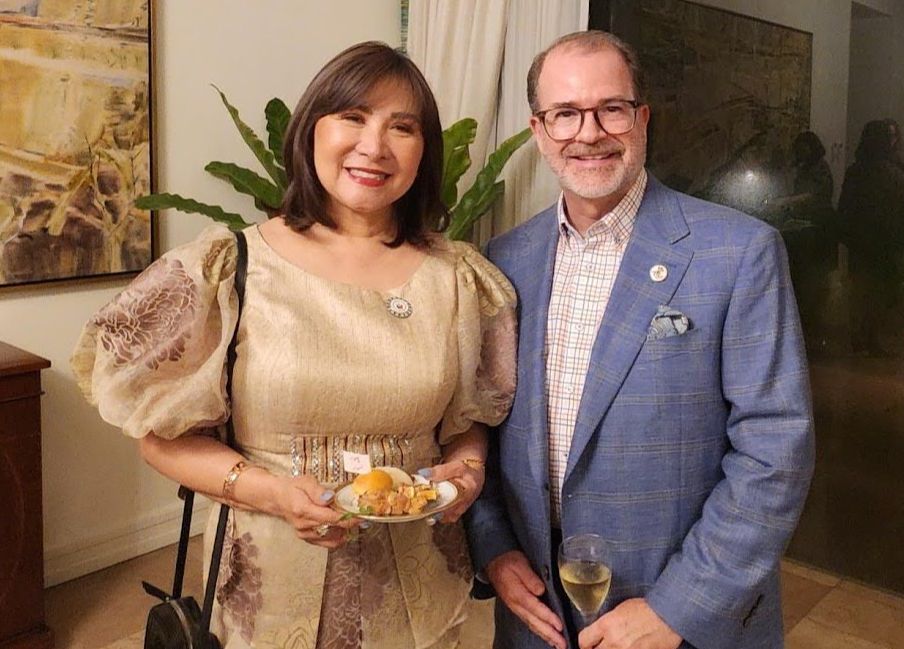
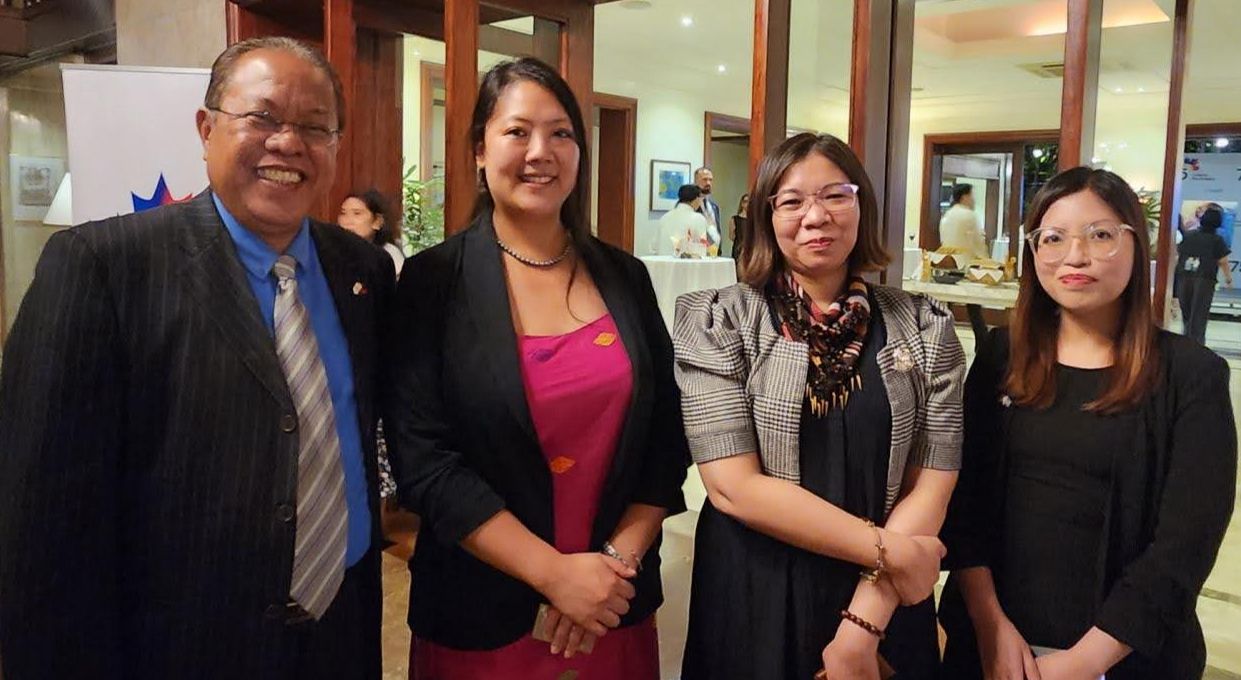
Since 2008, several Canadian provinces have signed Memoranda of Understanding with the Philippines on Labour Cooperation, ensuring the protection and fair treatment of Filipino workers in Canada. These agreements have strengthened the relationship between the two nations. Ambassador Hartman also highlighted the recent introduction of the Electronic Travel Authorization (ETA) program for the Philippines, which has streamlined the process for Filipinos visiting Canada. "This program is a testament to our commitment to facilitating mobility and deepening the ties between our peoples," he remarked. Today, the Filipino community in Canada is one of the fastest-growing and most vibrant, contributing significantly to every aspect of Canadian life, from healthcare and education to business and the arts. Ambassador Hartman's speech was a celebration of this dynamic community and a reaffirmation of the enduring partnership between Canada and the Philippines.
